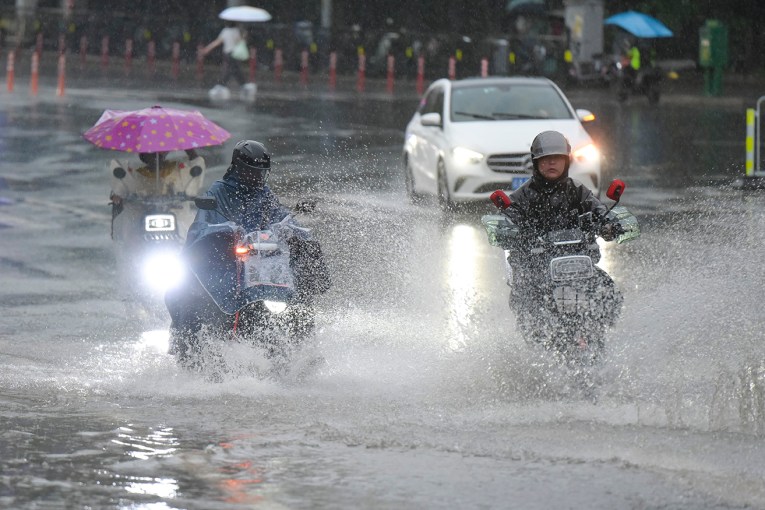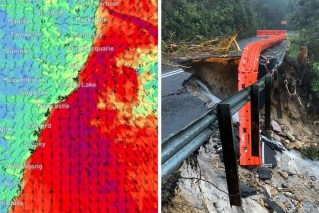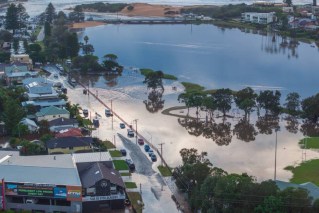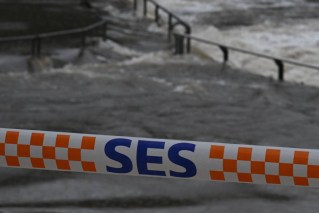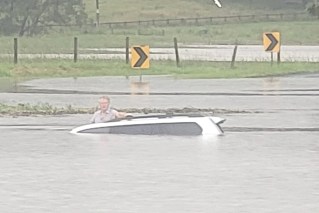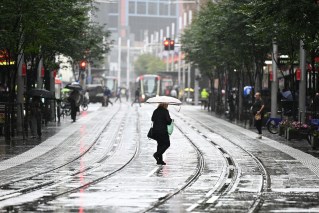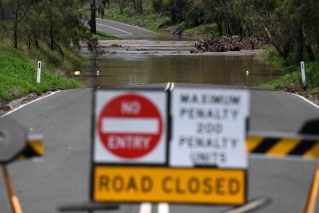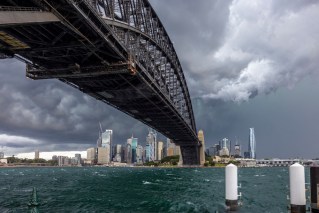Heatwave and bushfire warning for hot, dry spring in latest Bureau of Meteorology forecast

Source: The BoM
Much of Australia can expect an unusually hot and dry spring, with a greater chance of extreme weather including heatwaves and bushfires, Bureau of Meteorology warned Thursday.
After what is on track to be Australia’s warmest Winter on record, the nation can expect above-median maximum temperatures are very likely for almost all of Australia through September and November, according to the Bureau’s latest long-range weather outlook.
The forecast points to hot and dry weather conditions not seen since the lead-up to the devastating bushfires of 2018/19.
The dire prediction comes as the national energy market regulator warns that Victoria and South Australia face the threat of mass electricity blackouts as soon as this summer.
This higher-than-usual hot weather will be coupled with below-average rainfall for almost the entire country, according to the report.
BoM senior climatologist Lynette Bettio said it was likely that an El Nino will be declared for Australia this year, following most of the northern hemisphere.
For now Australia remains on El Nono alert, with the Bureau warning of below median rainfall likely for southern Western Australia, and most of the eastern two-thirds of Australia.
“Unusually low rainfall is at least two times as likely for much of southern Australia and broad areas of the Northern Territory and Queensland” it said.
The Bureau report warned that the low rain levels “equates to the driest 20 per cent of September to November periods from 1981 to 2018”.
“After what looks to be our warmest winter on record, spring is also likely to boing warmer days and reduced rainfall,” BoM senior climatologist Lynette Bettio said.
“Many areas have an increased chance of an unusually dry spring, with the highest chances in the south west and parts of the east” Ms Bettio said, with northern Australia’s wet season to be later than normal.
Ms Bettio also warned of an increased chance of heatwaves as we approach summer.
“July was the warmest month on record globally when including land and ocean temperatures,” she said.
“We know that a warmer climate increases the risk of extreme weather like heatwaves. The outlook from the Australian fire agency shows an increased fire risk for large areas of NSW, Qld and the NT, plus parts of Victoria and South Australia.”
Energy fears
In its latest Electricity Statement of Opportunities report released on Thursday, the Australian Energy Market Operator (AEMO) said Victoria and South Australia face the threat of mass electricity blackouts as demand for energy is set to outweigh supply.
The risk extends to other states in coming years, the national energy market regulator has warned in its.
AEMO chief executive Daniel Westerman said the statement was not a forecast but rather a guide to inform planning and policy decisions.
“It’s a signal to investors that the viability gaps do exist and points investors to where and when they need to be filled,” he said.
About 62 per cent of Australia’s coal power stations are expected to be retired by 2023, with unplanned outages from the ageing fleet also posing risks to grid stability.
Planned generation, storage and transmission supported by government programs “must be delivered urgently” because any delay would likely put reliability at risk over the coming decade, the statement said.
Hotter and drier conditions expected over summer would likely increase peak demand for electricity, Mr Westerman said.
